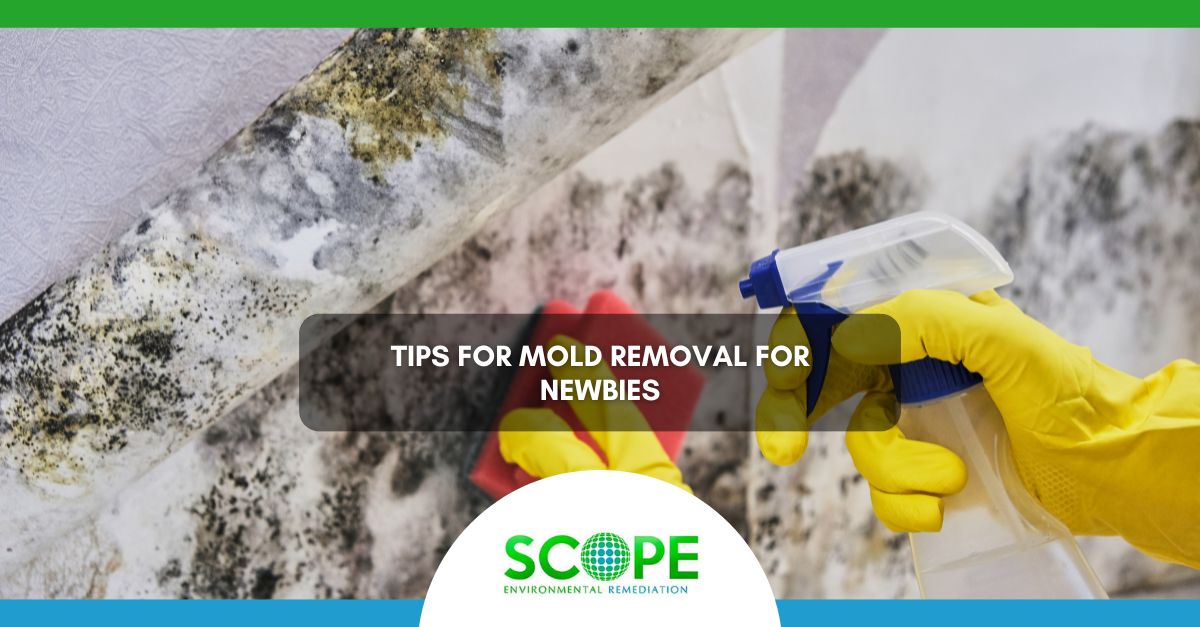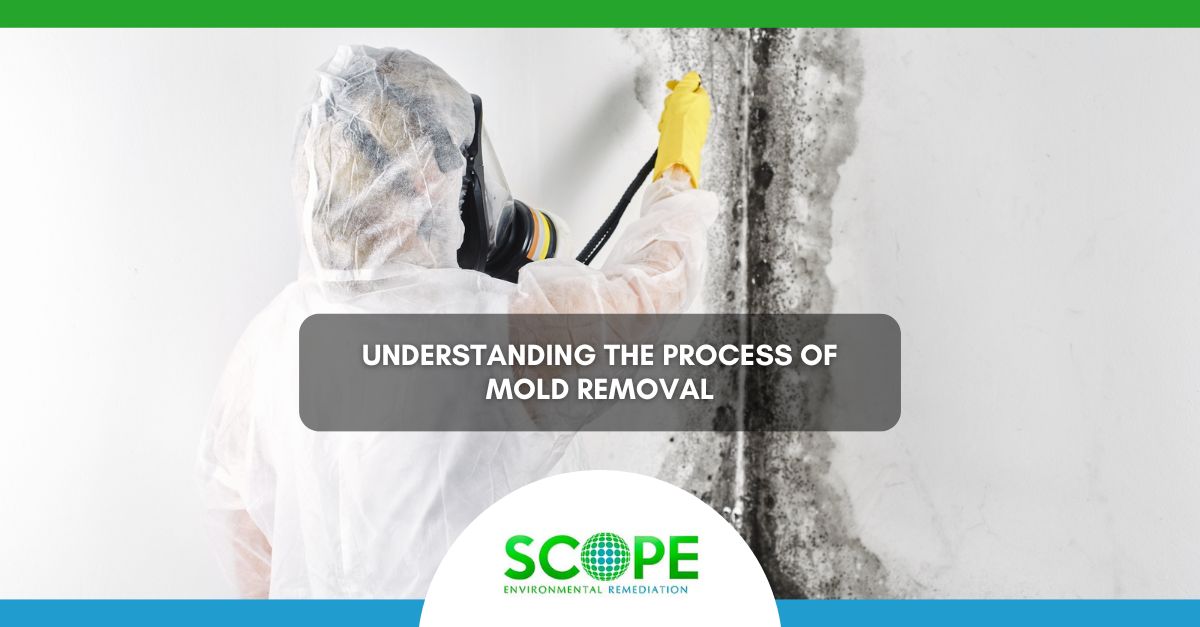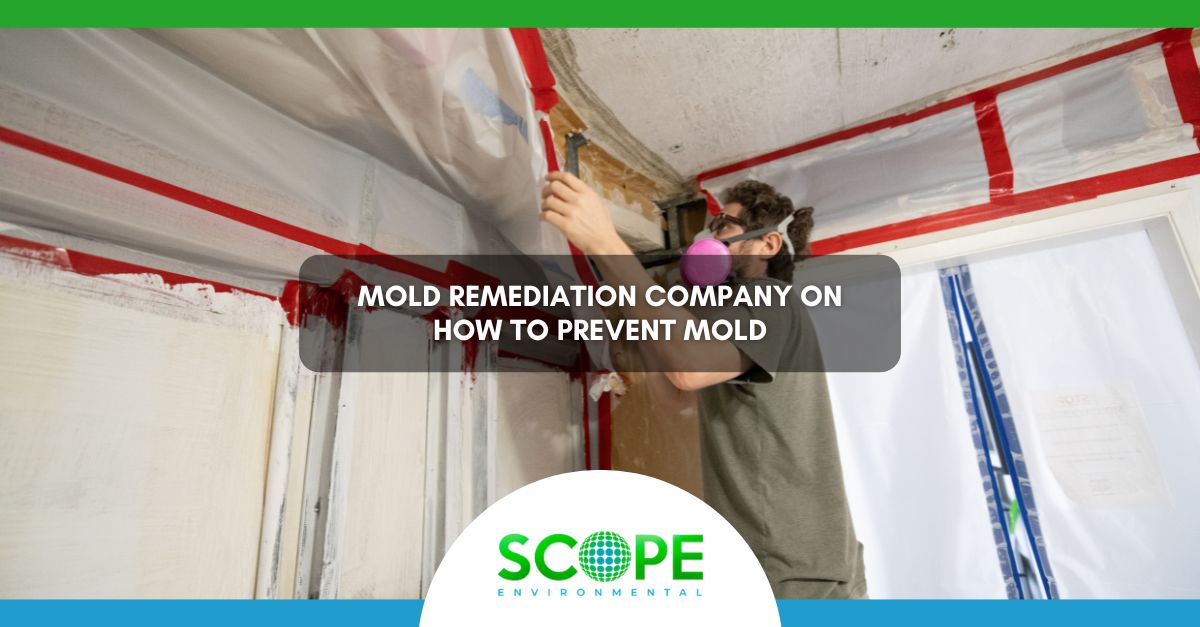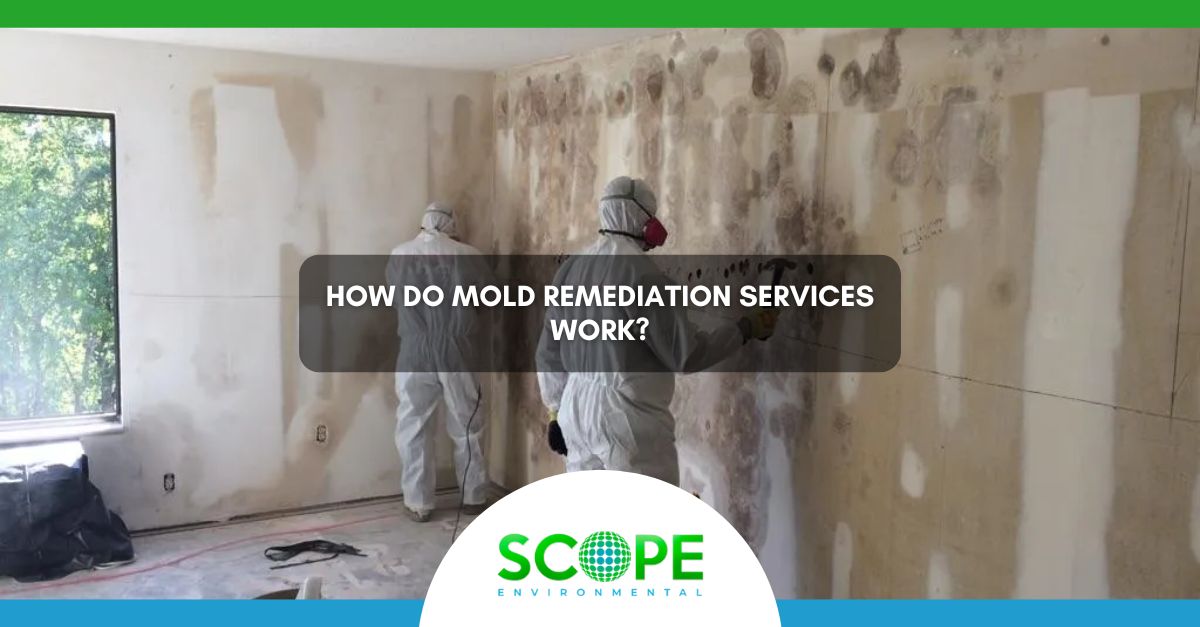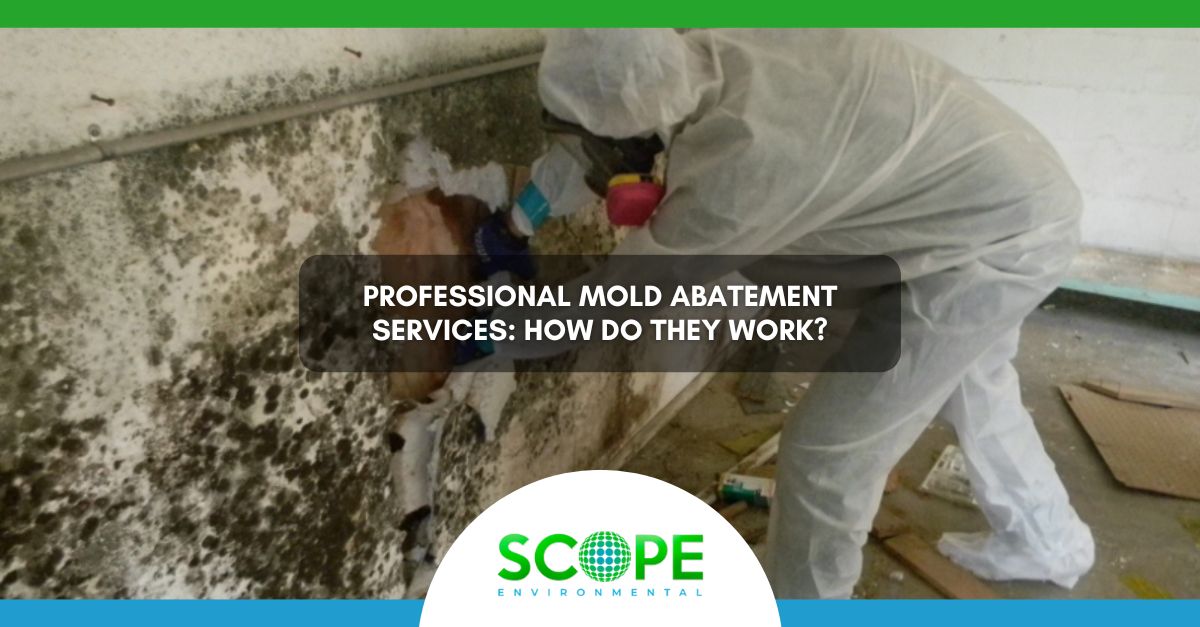New to the world of mold removal? No one has to go through this alone; we’re here to provide a hand. When you know what you’re doing, dealing with mold is no more difficult than any other duty around the home. These guidelines can help you get off to a good start if you’ve never dealt with mold. Working with mold may be dangerous, particularly if you are allergic to the substance. You can permanently remove mold from your home or workplace with proper preparation and hard effort. Mold is a common fungus that can be found everywhere, yet, few people want it in their homes. If mold has become an issue in your home or business, here are some removal guidelines to get you started.
Be Careful When Doing a Mold Removal
Relax if you discover mold in your house. With the right knowledge and equipment, mold may be eliminated quickly and easily. If unsure how to safely remove mold from your house, you should first speak with a specialist. There are a few things to bear in mind if you decide to tackle the mold removal project on your own. First, if you’re allergic to mold, it’s best not to breathe in its spores or come into contact with it. Protect your face, nose, and mouth with a mask, gloves, and heavy clothing. Bleach or mold-removal treatments may be used to clear up the problem and stop any further spread, but these solutions only address the short-term issue; to prevent mold from returning, the source of the problem should be addressed and improved.
Remove Any Porous Materials That Have Been Contaminated By Mold
Removal of mold is a dirty process since mold is a fungus that thrives in wet areas. Caution should be used while eliminating mold if you have no background working with it. If you don’t have a HEPA vacuum, wear a respirator mask to prevent breathing in spores. Identify the porous materials that will be the most challenging to clean; examples include drywall, plaster, and carpets.
Toss or replace everything that has come into contact with mold, even if it can be cleaned. It’s not as easy as wiping or washing the mold away, but eradicating mold from hard things like tile and cement is far simpler than attempting to scrape away at something like drywall. If the mold is embedded in the material rather than just sitting on the surface, it must be scraped away from the surface using a putty knife or similar device.
Use a Commercial Cleaner or Mix One Part Bleach with Nine Parts Water to Clean Surfaces That Have Been Affected By Mold
Do not worry; there are steps you may take to begin the eradication process if you find mold in your house. The best way to remove mold from a surface is to use a professional cleaner or a solution of one part bleach to nine parts water. Along with the cleaning solution, a scrub brush or sponge may help remove stubborn residue from hard-to-reach areas, such as grout.
A more permanent solution is to use an anti-mold paint spray and then cover the area with polyurethane after it has healed if the mold issue is serious. Even if you shouldn’t ignore the issue, there’s no need to freak out; mold isn’t harmful if you take the necessary safety measures when dealing with it, and it will go away on its own in due time.
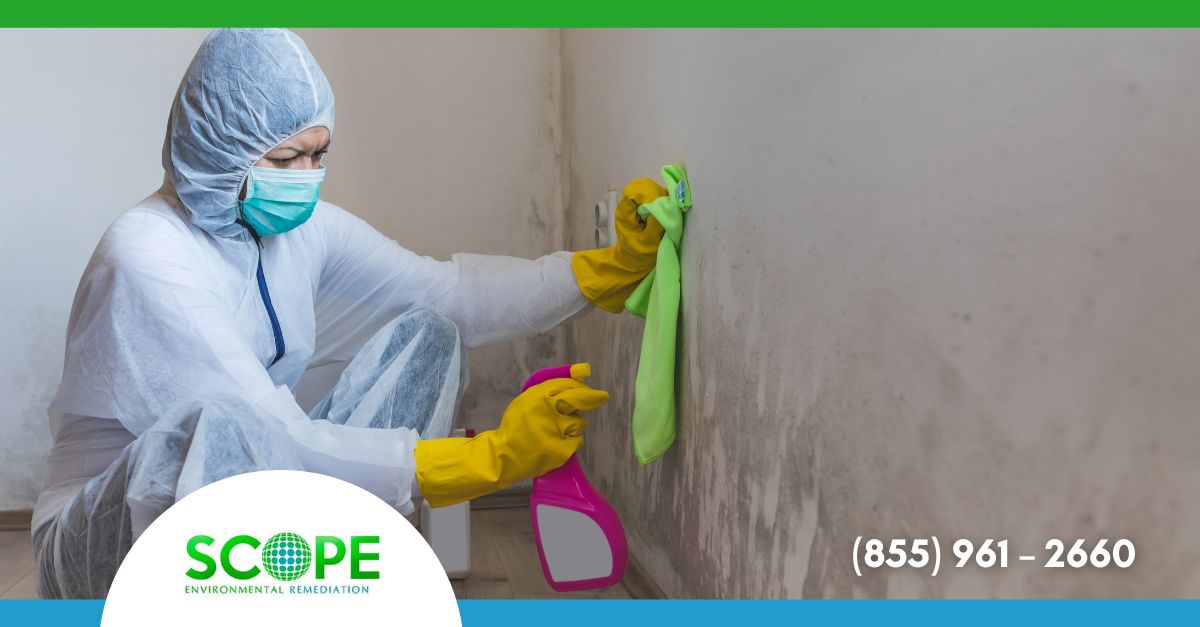
Seal off the Area Where the Mold Was Found until the Cleanup is Completed
How, then, can you determine whether or not you have mold? First, it will seem like a dark or gray fungus spreads on your ceiling or walls. It is also possible for it to take the form of a film that is the color of the skin and looks to be adhering to the surface. Mold often begins as minute spores that disperse through the air before attaching to your walls and developing into more serious issues. The area where mold was found must be quarantined until cleanup is complete: If you locate any spots where black or gray fungus is forming, you should be careful to block off the area until you can clear up the mold in a safe manner. As a result, this will prevent contamination from spreading to other places.
When it comes to mold removal, there are many things a person should know about. Mold can grow in places we don’t expect it to be, and when it does, it’s important to get rid of it as soon as possible. If you have questions about the mold removal process, contact Scope Environmental at (888) 504 – 5525 for more information.


